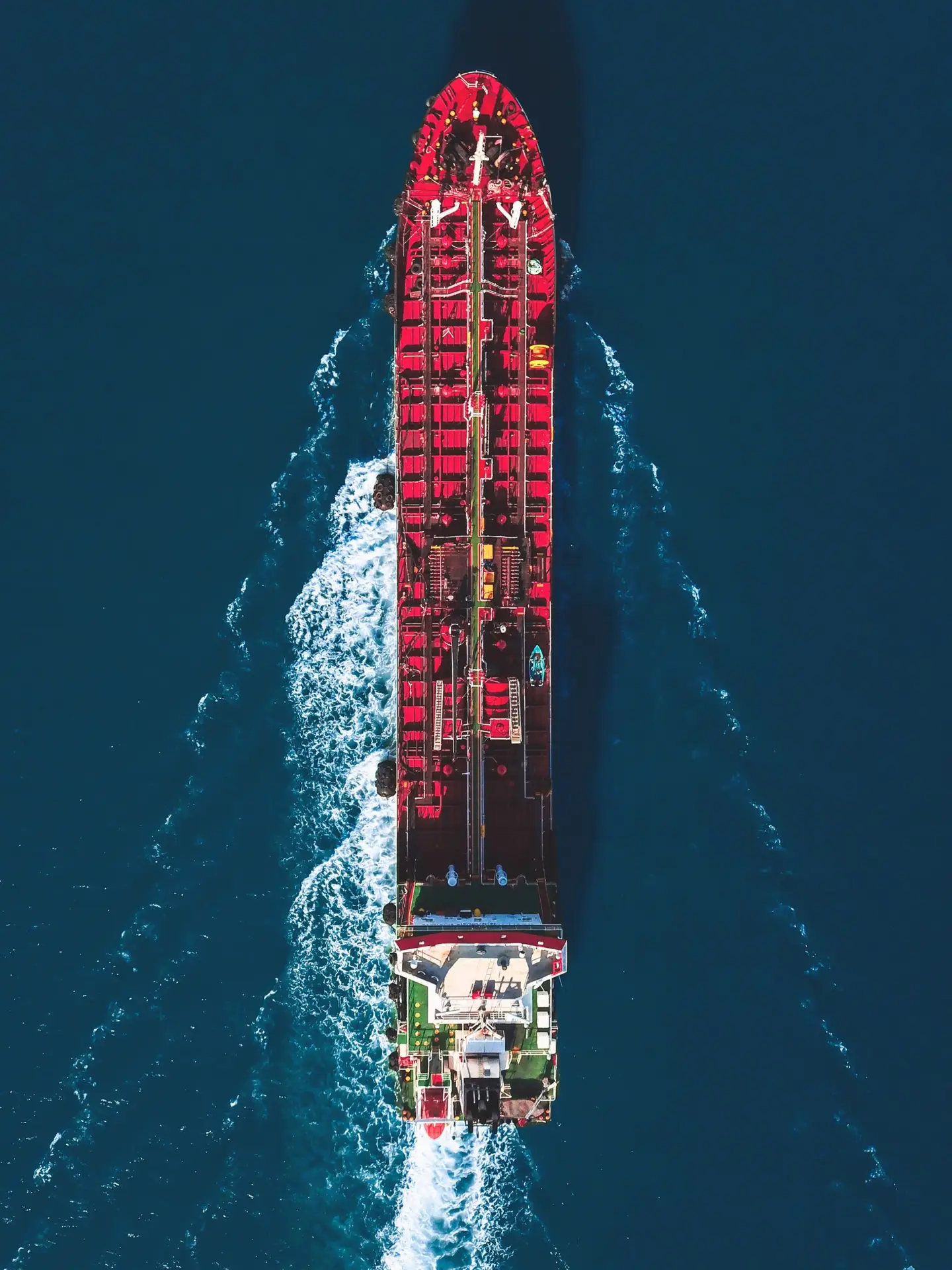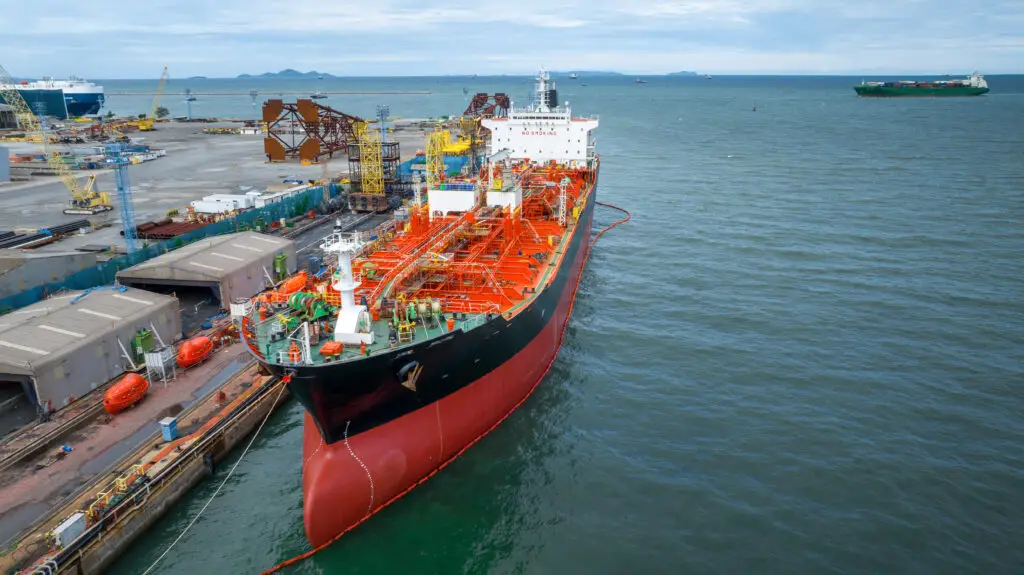Need Help?
FAQs
What is charter shipping?
Charter shipping involves hiring an entire vessel for the exclusive use of one client or charterer.
What is charter party agreement in shipping?
A charter party agreement is a contract between a shipowner and a charterer that outlines the terms and conditions of chartering a vessel for a specific voyage or period.
Can I charter a vessel for a single voyage?
Yes, you can charter a vessel for a single voyage. This type of charter is known as a “voyage charter” and is ideal for one-time shipments.
What is "laytime" in charter shipping?
Laytime is the time allowed for the loading and unloading of cargo. It is specified in the charter party agreement and can affect demurrage or detention charges.
What is "demurrage" and "detention" in CPA?
Demurrage is a fee for exceeding the agreed-upon laytime for loading or unloading. Detention refers to charges incurred when cargo or the vessel is detained beyond the laytime.
How are freight rates calculated for charter shipping?
Freight rates are determined based on cargo type, weight, volume, route, vessel size, market conditions, time frames, and the terms negotiated in the charter party agreement.
What are "loading and discharging rates"?
Loading and discharging rates refer to the speed at which cargo is loaded onto or discharged from a vessel. They impact laytime and, consequently, demurrage or detention charges.
What is "dead freight" in CPA?
Deadfreight refers to the payment made by a charterer for the space on a vessel that they reserved but did not fully utilize. It compensates the shipowner for lost revenue.
What is the difference between "liner" and "tramp" terms?
Liner terms are associated with scheduled liner services, where vessels follow fixed routes and schedules. Tramp terms are used for irregular or non-scheduled voyages.
What is "freight forward" chartering?
Freight forward chartering involves hiring a vessel through a freight forwarder, who arranges transportation for the shipper or consignor.
What is "back-to-back" chartering?
Back-to-back chartering refers to arranging consecutive charter agreements, where one charterer sub-charters a vessel to another party for a subsequent voyage.
Whatare the key termis used in charter shipping?
Terms include Laytime, Demurrage, Detention, Free Time, and Time Charter.
What is the difference between "Laytime" and Demurrage"?
Laytime is the time allocated for loading/unloading cargo, while Demurrage is the penalty for exceeding the agreed-upon laytime.
What are the "Time Charter" and "Voyage Charter" agreements?
A Time Charter is a vessel rental for a specified period, while a Voyage Charter is for a single voyage.
What is a bill of lading?
A bill of lading is a legal document that details the cargo and terms of transport.
Are there standard terms for laytime calculations?
Standard formulas are used for laytime calculations, and clients can request supporting documentation for verification.
What is a "time bar" clause in a CPA?
A time bar clause sets a specific time limit for submitting claims or disputes, and failure to comply may result in forfeiture of the claim.
What is "off-hire" in a time charter?
“Off-hire” refers to a period during which the vessel is not earning hire due to specific conditions outlined in the charter party agreement.
Hoa are charter party terms adjusted when multiple shippers or consignees are involved in a shipment?
Charter party terms specify the responsibilities of each party and may address multiple shippers or consignees.
How are charter party terms modified when projects involve multiple vessel calls at various ports?
Project break bulk terms may outline port rotation schedules, laycan periods, and other details for each vessel call.
What are "laytime exceptions"?
Laytime exceptions outline conditions under which delays are not counted toward laytime calculations, affecting charter party terms.


